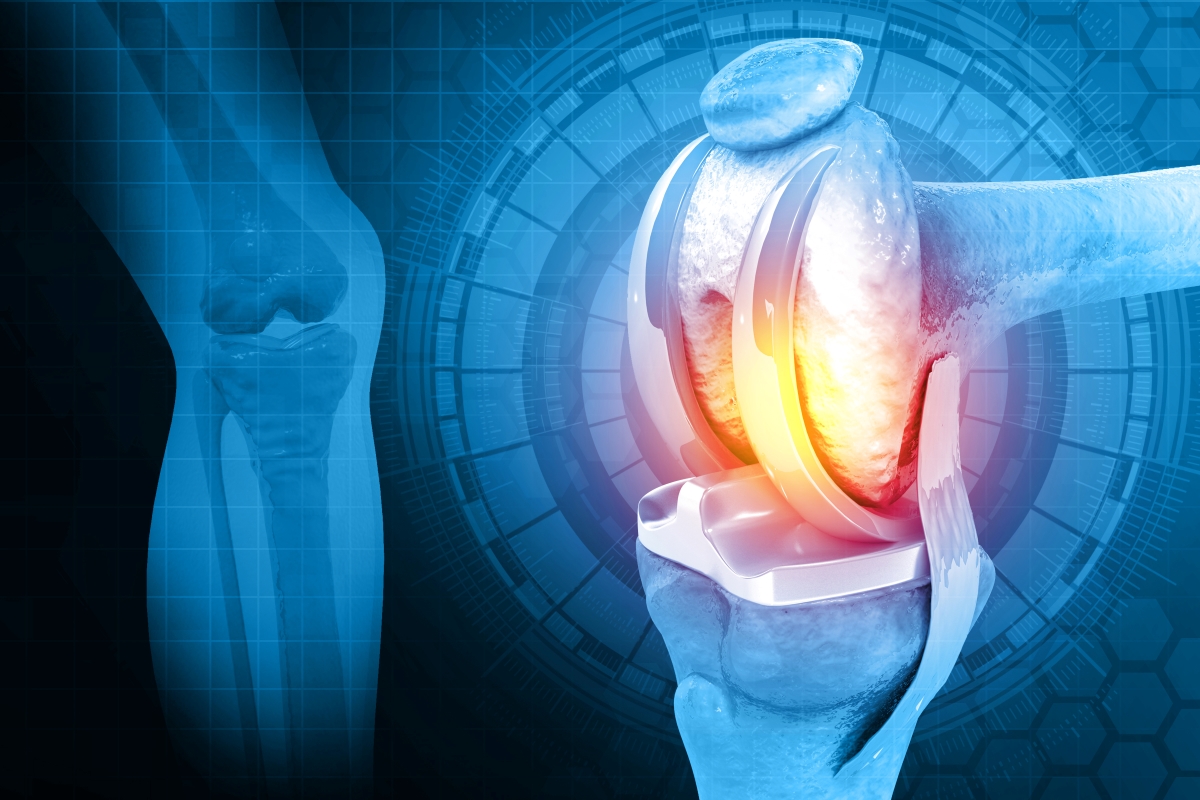
The first robotic total knee replacement was performed in 1988; however, it wasn’t until the past 5-10 years that the orthopedic industry began to embrace its broader adoption.
In 2006, the Mako system performed its first robotic knee replacement and, in 2013, was purchased by Stryker Orthopedics, one of the largest worldwide orthopedic manufacturers. This marked the beginning of the modern use of robotics in joint replacement surgery. Today, many other major orthopedic companies are heavily invested in this technology, including the DePuy VELYS robot, the Zimmer ROSA knee system, Smith+Nephew’s CORI surgical system and OMNIBotics, to name a few.
These robotic systems use patient-specific data obtained either preoperatively via CT scan or directly from the patient intraoperatively. This data is then used by the system to generate a computerized model of the knee and provide real-time data to the surgeon to assist with patient alignment, bone cutting angles, ligamentous balancing and implant sizing information. This dynamic information allows us to know what the knee will look and feel like before making any bone resections. The robotic arm, for most companies, then uses surgeon assistance to make the bone cuts in a fashion that is “individualized” for each patient. This is opposed to traditional knee replacement instruments that we have used for decades (and, by the way, are still the gold standard) that use standardized angles based on historical research that we know produces a well-functioning knee replacement with excellent long-term survivorship.
Most people associate “robotic surgery” with “minimally invasive” and significantly smaller incisions, as is the case with the da Vinci robotic surgery platform. However, robotic total knee replacement varies drastically from the da Vinci concept in that it really is not any more “less invasive” despite the marketing of it. While the minimally invasive nature of da Vinci leads to shorter hospital stays and quicker recoveries, this is less of the focus of robotic knee replacement surgery, which aims more at improved implant positioning which may lead to greater patient satisfaction.
Recent studies show around a 20% dissatisfaction rate among knee replacement patients. This has driven industry and surgeons to develop alternative ways to perform knee replacement surgery that will improve this satisfaction. Currently, the focus is on individualizing the alignment of the joint replacement through the concept of “kinematic” based alignment and robotic technology is an excellent option that allows us to do this in a very reproducible fashion. The hope is that this will translate into improved patient satisfaction and overall better outcomes with future scientific data to support its use. Until then, the jury is still out on the true benefit of this technology, especially given the significant increase in cost per case to the hospital or surgery center investing in it.
Personally, having performed almost 500 robotic total knee replacements at Northside Hospital Cherokee, I currently find value in using this technology and feel that it improves my ability to do knee replacement in a predictable and more personalized manner. I feel that the utilization of this technology will continue to grow within the orthopedic community.
Learn more about total joint replacement at Northside Hospital Orthopedic Institute.
As appeared in the Winter 2024 issue of Scripts.

